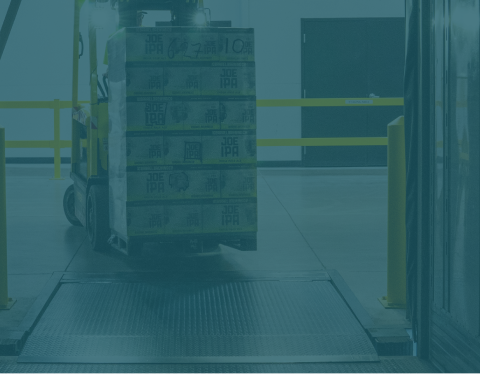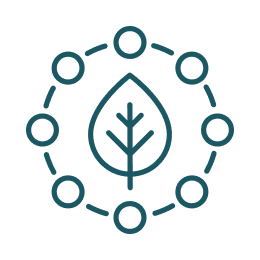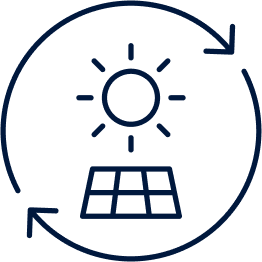
Green technology contains a wide area of scientific research, including energy, sustainable finance, agriculture, transport, and material science. We at STACC can help you to build state-of-the-art green tech solutions.
Measurable impact
Holistic approach
Strategic partner
With the right approach, AI can become a sustainable technology and a vital tool in mitigating the worst impacts of climate change.
Artificial Intelligence technologies can have a significant impact on achieving the 2050 net-zero emissions target. To accomplish this objective, organizations must take a holistic look at their business goals and develop AI strategies based on data-driven decision-making instead of legacy approaches.

Smarter farming and agricultural processes

Balance supply &
demand, optimize use

Predict demand, decrease costs

Analyze big data and make better decisions

Cut down on emissions, increase mobility

Reduce waste, improve enviromental impact
The development of information technology allows people to create accurate machine learning models that can learn from existing data. The application of such models helps to predict the demand for various products, like goods offered in grocery stores.


Companies working with STACC can create products, services, components, and materials which are fit for the circular economy.
Employing AI can account for better designs and processes faster, due to the speed with which an AI algorithm can analyse large amounts of data and suggest initial designs or design adjustments.
Book a free consultation
The global transition to renewable energy will need AI and machine learning to manage decentralized grids
AI can balance electricity supply and demand needs in real-time and optimize energy use and storage to reduce rates. Technology governance will be needed to democratize access, encourage innovation and ensure resilient electricity sources.

AI can influence many layers of your Green Tech company